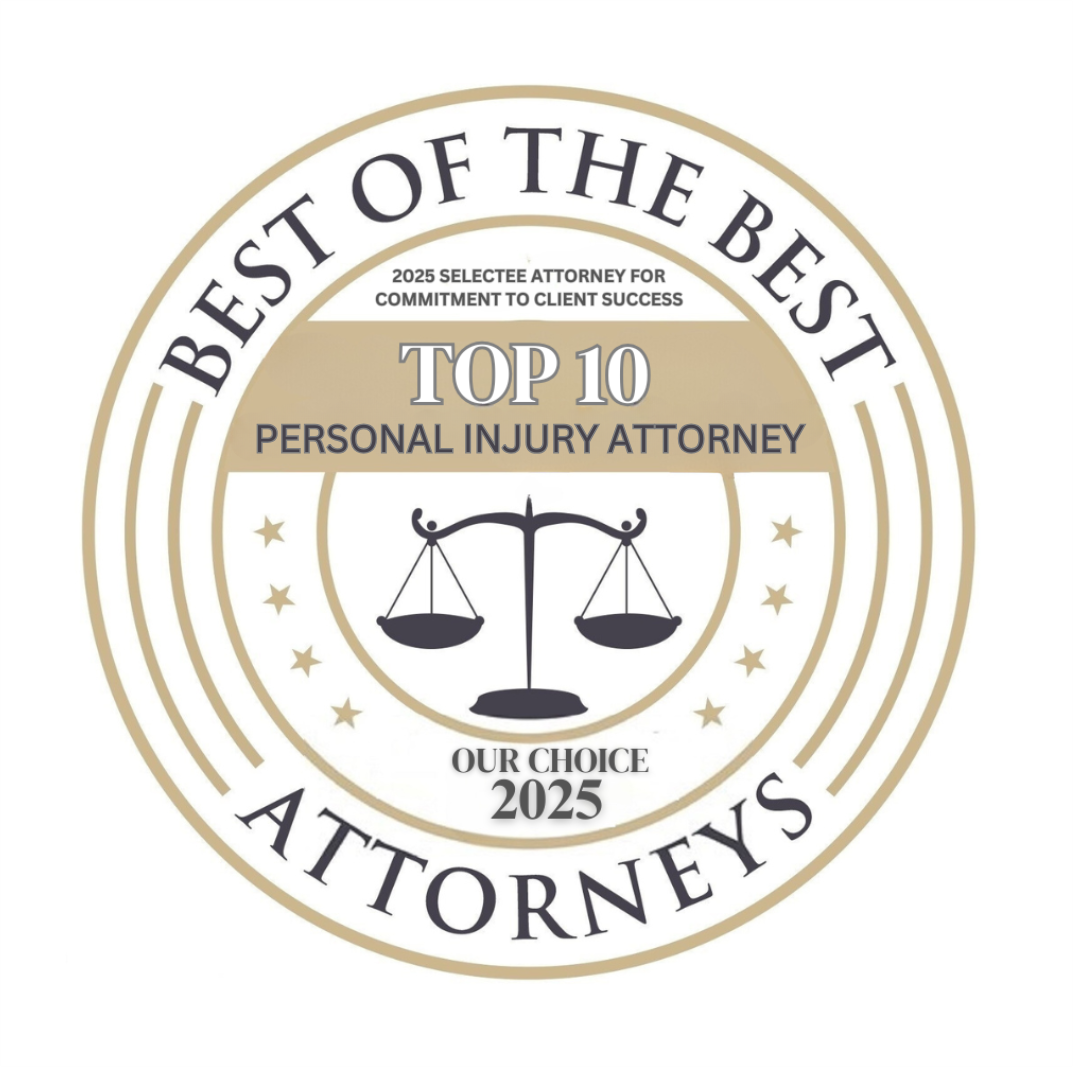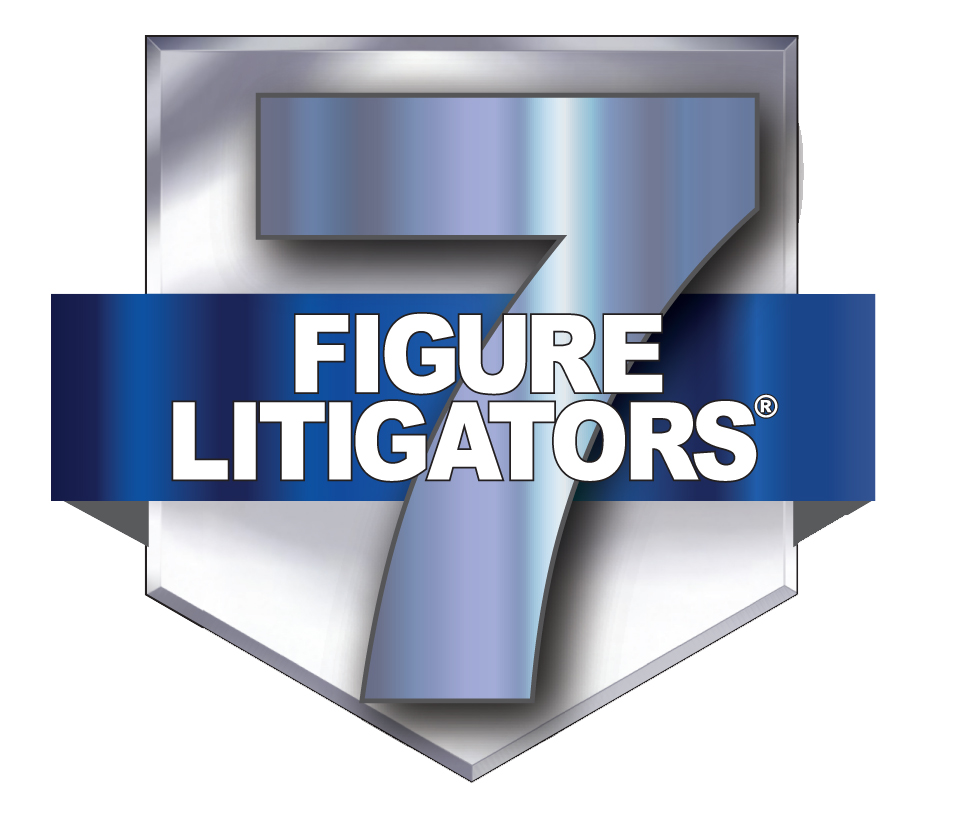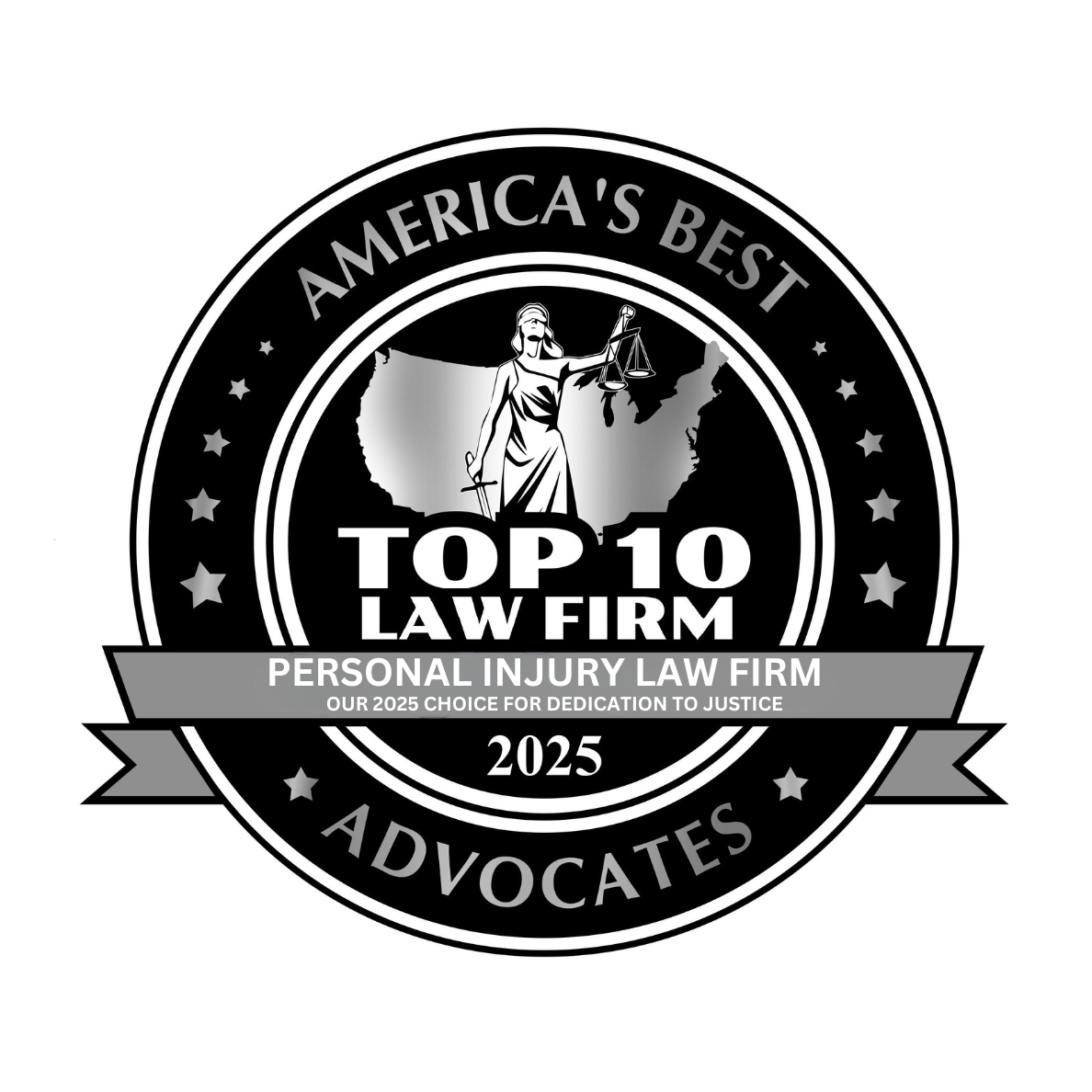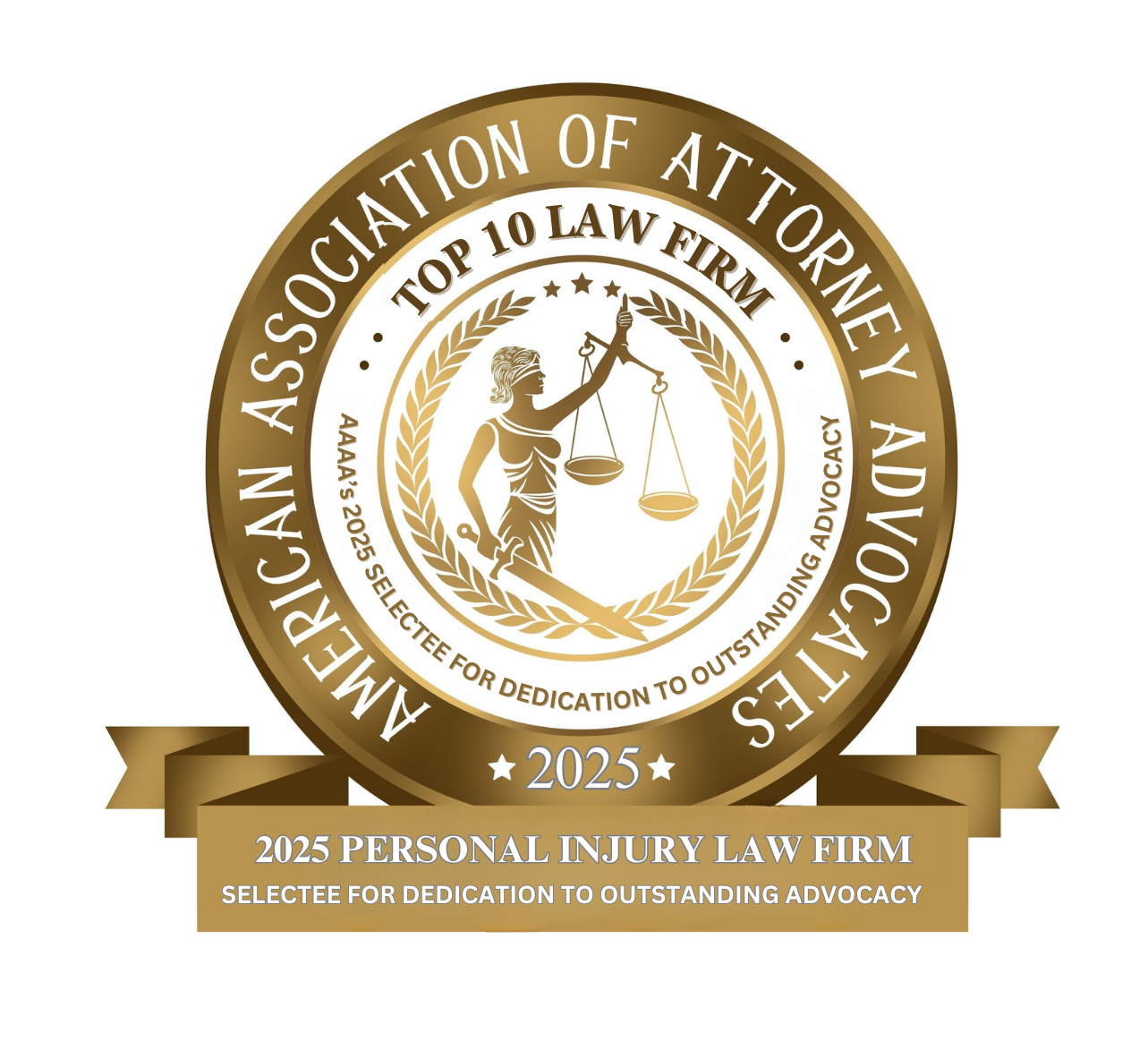Illinois Seat Belt Injury Lawyers
Dedicated Attorneys Helping Car Accident Victims in Naperville, St. Charles, and Throughout Illinois
According to the CDC, seat belts reduce the likelihood of serious or fatal injuries in car accidents by approximately 45–50%, and save nearly 15,000 lives annually in the U.S. alone. In 2022, over 90% of Americans used seat belts consistently, yet nearly 47% of occupants killed in crashes were unbelted.
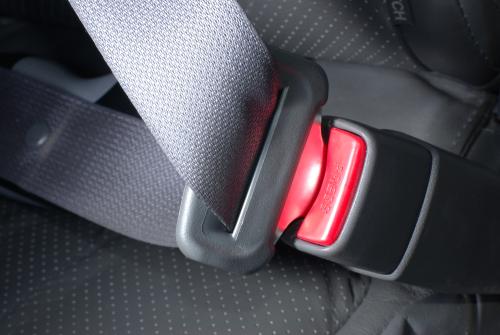
Seat belts save lives—but they can also cause specific injuries in a crash. At John J. Malm & Associates, we’re committed to helping you understand when seat belt injuries may signal more serious harm, how to seek care, and whether you’re entitled to compensation if you’ve been hurt despite wearing your belt.
What Are Seat Belt Injuries?
A seat belt injury occurs when the force of a car accident causes the belt to press into the body, potentially injuring organs, bones, or soft tissues. These injuries are sometimes overlooked in the immediate aftermath of a crash, making awareness essential.
Common Types of Seat Belt Injuries
1. Soft Tissue Bruising and “Seat Belt Sign”
External marks—bruising or abrasions across the chest or abdomen—are known as the seat belt sign, appearing in up to 5% of car accident victims. Though often superficial, seat belt signs may signal deeper trauma to the body.
2. Abdominal Organ Injuries
The lap belt can cause high-impact compression, leading to internal damage (e.g., bowel perforations or mesenteric tears). Studies show an estimated 30% incidence of internal injury when a seat belt sign is present.
3. Spinal Fractures (“Seat Belt Syndrome”)
Sudden bending over the lap belt can result in Chance fractures—flexion-distraction spinal injuries often associated with abdominal trauma. In children, the risk of spinal injury from a seat belt sign may be as high as 50%.
4. Thoracic (Chest) Trauma & Vascular Injury
Trauma from the shoulder belt can damage ribs, sternum, or major blood vessels—though data are limited, seat belt forces are known to cause vascular trauma.
5. Pediatric & Special‑Population Risks
Children, pregnant women, and elderly adults have heightened vulnerabilities to injuries from seat belts. Proper seat belt positioning and use of boosters or belts for pregnant drivers are essential to reduce risk.
Diagnosis & Treatment of Seat Belt Injuries
Diagnosing Seat Belt Injuries
Prompt and accurate diagnosis of seat belt injuries is critical, as many of these injuries—especially internal organ damage or spinal trauma—may not be immediately visible. Physicians often begin by identifying the presence of a “seat belt sign,” such as bruising or abrasions across the chest or abdomen, which can be a red flag for underlying trauma. Advanced imaging, including CT scans, X-rays, and abdominal ultrasounds, is typically used to detect internal bleeding, organ perforations, or fractures, particularly in the spine (such as Chance fractures).
In pediatric cases, where symptoms may be subtle, doctors may also rely on serial physical exams and laboratory tests to monitor for signs of deterioration. A multidisciplinary approach involving trauma surgeons, radiologists, and orthopedic specialists is often necessary to ensure no injury is missed and that treatment is appropriately tailored.
Why Seat Belt Marks Matter
A bruise or belt mark—especially over the abdomen—should raise concern. Pediatric data shows up to 21% organ injury and 50% spine injury risks tied to belt signs. Studies stress the need for CT scans even if patients feel symptom-free.
Treatment Strategies
Treatment for seat belt injuries depends on the severity and location of the trauma. Minor cases, such as superficial bruising or mild muscle strain, may only require rest, over-the-counter pain relief, and monitoring for delayed symptoms. However, more serious injuries—such as internal organ damage, spinal fractures, or vascular trauma—often require immediate and sometimes surgical intervention.
Abdominal injuries like bowel perforations or spleen lacerations may necessitate emergency surgery, while spinal injuries such as Chance fractures may be treated with bracing or surgical stabilization, depending on the extent of vertebral damage. Rib fractures or sternum fractures may be managed conservatively with pain control and respiratory therapy to prevent complications like pneumonia.
Recovery may involve hospitalization, physical therapy, and long-term follow-up with specialists. In all cases, early intervention is critical to minimize complications and ensure the best possible outcome for the injured person.
Can You File a Claim for a Seat Belt Injury?
Yes—if a seat belt caused or worsened injuries despite being worn properly, especially when combined with design defect or misuse by manufacturer.
Seat Belt Injuries as Part of a Car Accident Claim
If you suffered bruising, spinal fractures, internal organ damage, or other trauma caused by a seat belt during a collision, you may be able to include these injuries as part of your car accident injury claim against the driver that caused the crash.
Defective Seat Belt Claims
Under product liability law, manufacturers must provide reliable restraint systems. Even if seat belts complied with federal standards, a lawsuit could argue that they failed unreasonable safety expectations—especially if design caused harm.
In Williamson v. Mazda, the U.S. Supreme Court held that federal safety rules do not preempt state tort claims when seat belt design leads to injury.
Compensation for Seat Belt Injuries
In cases of seat belt injury, a personal injury lawyer may seek compensation for:
- Medical costs (past and future)
- Loss of income
- Physical pain and mental anguish
- Rehabilitation expenses
- Disfigurement or disability
- Loss of enjoyment of life
What To Do If You Suffer a Seat Belt Injury in an Accident
- Seek medical care immediately, even if your symptoms seem minor.
- Document everything—include crash scene photos, belt marks, medical visits, and tests.
- Report the crash to police and insurance companies.
- Save your seat belt and vehicle components as evidence.
- Consult an experienced Illinois car accident attorney, especially one versed in seat belt defect cases.
- Do not sign any waivers or expedited settlements before having a lawyer review your case.
Frequently Asked Questions About Seat Belt Injuries
Q: What is the “seat belt sign” and why does it matter?
A: The seat belt sign is bruising or abrasions from the belt across your chest or abdomen. Its presence dramatically increases the likelihood of internal or spinal injuries.
Q: Should I get medical tests if I see belt marks but feel fine?
A: Yes. Internal damage may not cause pain immediately—prompt imaging (CT/X-ray) can uncover hidden issues.
Q: Can seat belts break my ribs or spine?
A: Unfortunately, yes. High-force belt compression can lead to fractures like Chance fractures, especially in head-on collisions.
Q: How soon should I contact a lawyer after suffering a seat belt injury?
A: You should contact an experienced Illinois personal injury lawyer soon as possible—documentation and legal guidance helps protect your rights and strengthens your case.
Contact the Award-Winning Illinois Seat Belt Injury Lawyers at John J. Malm & Associates
Seat belts are essential lifesavers—but they’re not flawless. When a seat belt causes injuries—even unintentionally—it’s important to get a full medical workup and understand your legal rights.
At John J. Malm & Associates, we help victims of car accidents injured by seat belts. Our Illinois car crash attorneys offer:
- A free consultation to assess your situation
- Referrals to trusted medical professionals
- Evidence gathering and expert testimony
- Representation against insurance firms or manufacturers
- Compassionate support during recovery
Don’t wait—learn your legal options today. Contact us now at (630) 527-4177 or fill out our online form for a free, confidential consultation. Your well-being and recovery are our top priority.






